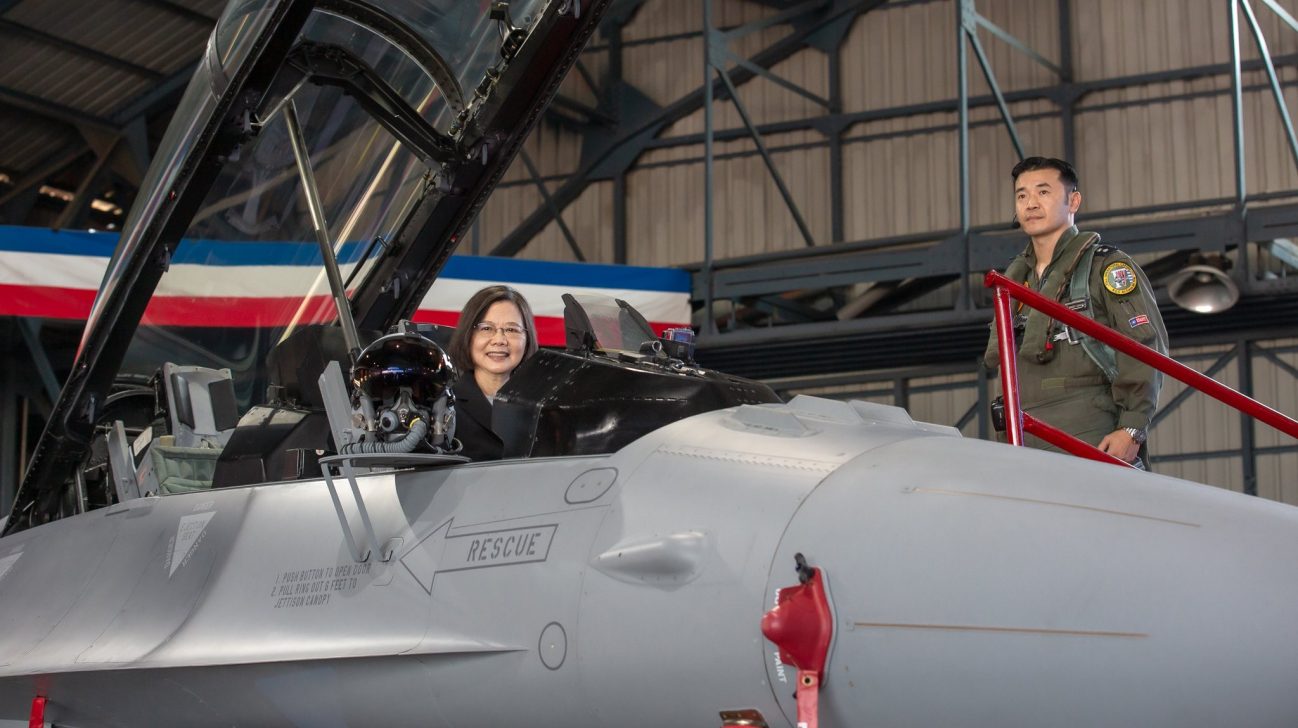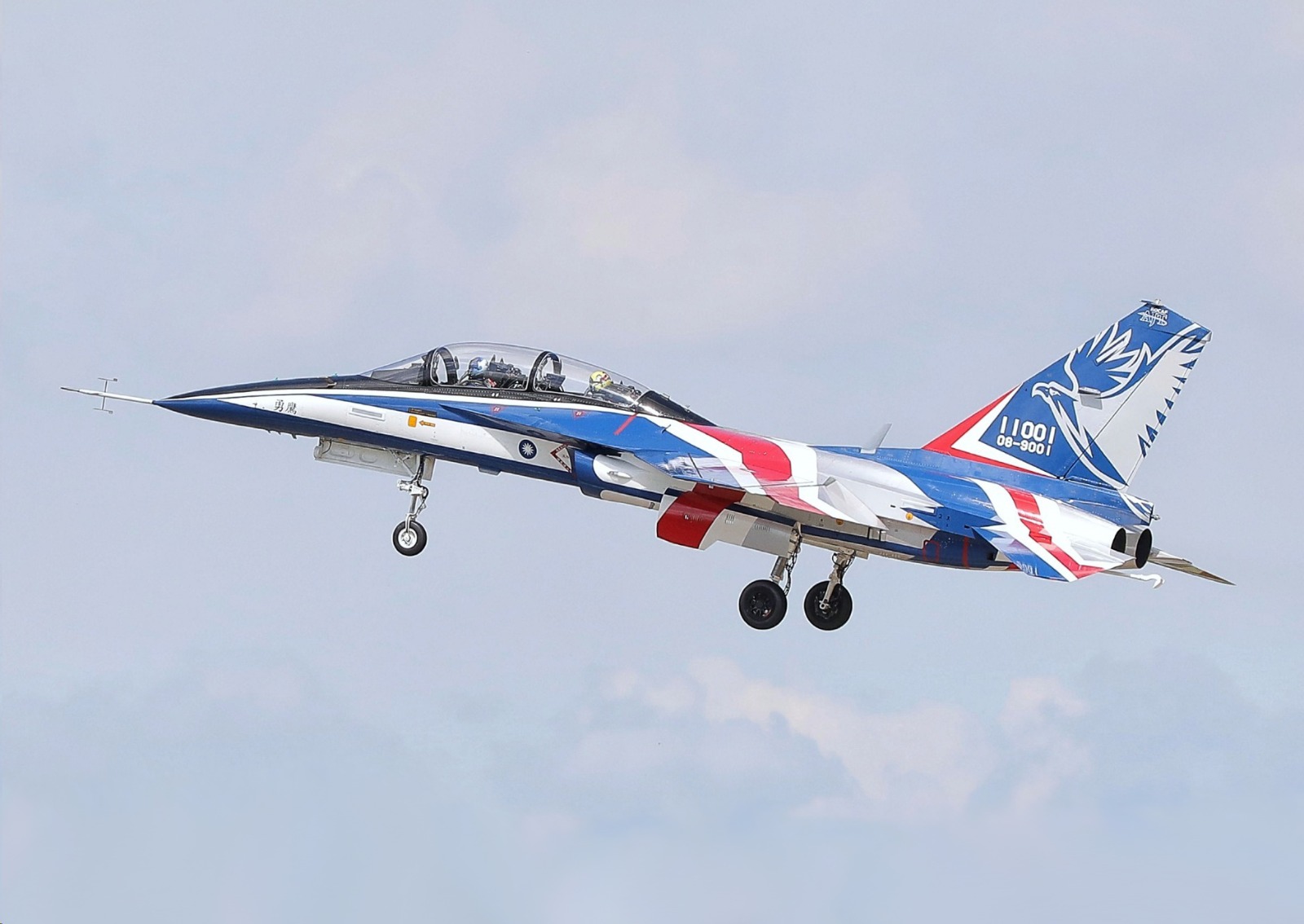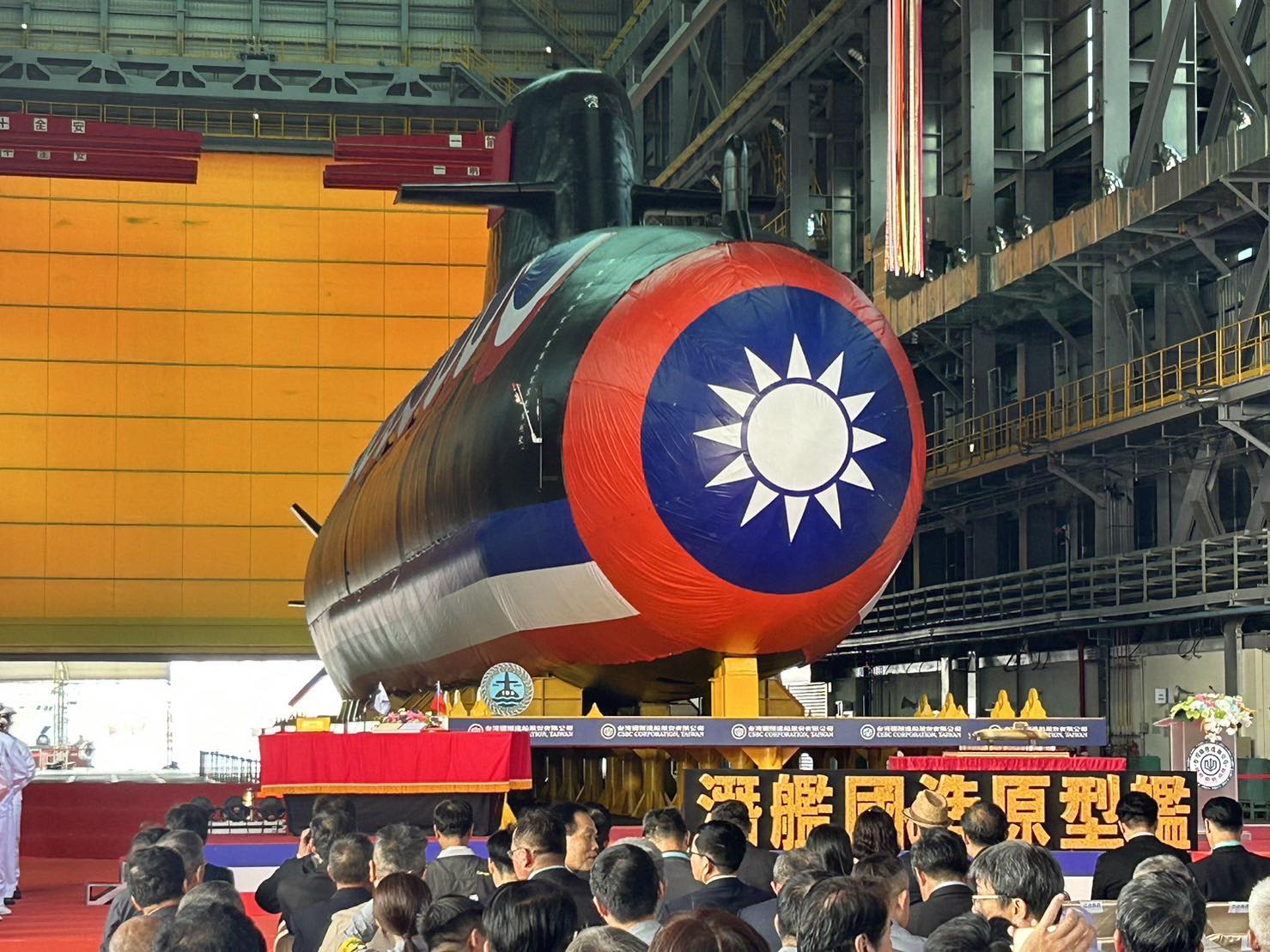Ahead of a fiercely contested presidential election, Taiwanese President Tsai Ing-wen announced that the country is preparing to indigenously develop next-generation fighter jets as part of its national defense policy.
In an interview with Era News, Tsai discussed her two terms in office and emphasized the government’s commitment to increasing Taiwan’s defense system autonomy. Without providing any specific details, she stated that Taiwan intends to start the next generation of fighter aircraft development as part of that pledge.
The announcement comes as Taiwan builds its capability against China’s advanced military. The Chinese People’s Liberation Army – Air Force (PLAAF) already operates the next-generation J-20 Mighty Dragon stealth fighter, which has allegedly managed to fly over the Taiwan Strait without getting intercepted.
Tsai also stated that the government will receive 66 Brave Eagle advanced trainer aircraft by 2026 as part of its “defense autonomy” strategy, of which 27 have already been delivered. The president stated, “If [the plan] is interrupted, it would be difficult to resume,” voicing the hope that the incoming administration will continue to support Taiwan’s defense sector.
Tsai reaffirmed that the goal of her military strategy is for Taiwan to obtain “defense autonomy.” Her second and final term as president expires on May 20. Ahead of a nationwide election on January 13, she stated that the fundamental question is whether Taiwan is sincerely dedicated to self-defense when other nations think about banding together to defend Taiwan.
The president stated that Taiwan is motivated to demonstrate its ability and dedication to self-defense, which is one of the reasons behind its continuous efforts to fortify its defenses. These announcements come on the heels of coordinated attempts by China to project power in the Taiwan Strait while supporting the primary challenger to the incumbent, William Lai.
Although William has also underlined the need to build effective deterrence by bolstering military capability, the supposedly pro-China candidate has noted that he would remain committed to peaceful talks with Beijing.
Taiwan has been acquiring cutting-edge weapon systems from its partners in the West to prepare for a potential Chinese invasion. It may not be alone in the quest to develop next-generation fighters, with several other countries like India and Turkey also undertaking the initiative domestically.
Taiwan has already been muscling its air force to contend with a much superior and numerically-string Chinese People’s Liberation Army – Air Force (PLAAF). For this, it has been upgrading its existing fleet of F-16 Fighting Falcons to the F-16 Viper variant under the Phoenix Rising Program.

A significant development that took place recently was the last F-16 fighter, upgraded to the F-16V standard, which completed flight testing in Taiwan, paving the way for the induction of these jets in the Taiwanese Air Force.
Taiwan is the only F-16 operator in the world to have deployed an F-16 Viper among those chosen to upgrade. In addition to modernizing its fighter aircraft, it has acquired 66 brand-new Block 70 F-16C/D fighters with enhanced radar, missile, and avionics systems to counter PLAAF fighters, especially the J-16 and J-20 stealth aircraft, which regularly intrude into the Taiwanese Air Defense Identification Zone (ADIZ).
The Taiwanese Air Force will be the largest F-16 fleet in the Asia-Pacific region when it acquires more than 200 fourth-generation fighter aircraft. The improved F-16 has several new capabilities that will be useful to resist an invasion, even if it is still a fourth-generation fighter facing off against the Chinese J-20, a fifth-generation fighter.
Taiwan has also recently made strides in local manufacturing of defense systems, which makes the proposition of a next-generation fighter even more intriguing. However, at this point, the announcement is merely a proposal by Tsai, who is on a mission to win the election and give another push to Taiwan’s sovereignty by bolstering its combat capability.
Taiwan’s Local Defense Manufacturing Is Booming
On November 4, a Taiwanese military official declared that the Air Force’s antiquated AT-3 and F-5 aircraft would replace Taiwan’s cutting-edge trainer, the Brave Eagle. The Republic of China Air Force (ROCAF) is receiving 66 T-5 planes, the first of which flew in June 2020.
The aircraft has been developed and produced locally by the Aerospace Industrial Development Corporation (AIDC) with a budget of T$68.6 billion (US$2.3 billion). The ROCAF debuted its brand-new, locally constructed jet trainer in July 2022, showcasing its more advanced, combat-ready capabilities.

The aircraft’s combat potential can be strengthened by equipping it with live weapons and using a shorter runway for landing and takeoff. The new T-5 was designed with Taiwan’s objective of prioritizing the design and manufacture of local military armaments.
Besides focusing on strengthening its air defenses, Taiwan has also moved to secure the seas. In September 2023, Taiwan unveiled its first domestically built submarine called ‘Hai Kun,’ which roughly translates to “mythical sea creature” in Chinese.” On the day of the unveiling of the vessel, President Tsai said, “History will forever remember this day.”
“In the past, building submarines domestically was considered ‘Mission Impossible.’ But today, a submarine designed and built by our people is right in front of everyone – we did it,” she said.

The team worked nonstop for seven years to construct the submarine. Cheng Wen-lon, chairman of CSBC Corp., a builder of military and shipping containers, referred to it as “a magical weapon in asymmetric warfare.”
Hai Kun has a displacement weight of between 2,500 and 3,000 tonnes and is 80 meters long. It has torpedoes and fighting equipment from US defense contractor Lockheed Martin. While its capabilities have been dismissed as harmless by China, Taipei is committed to enhancing its sea power, and since it could not acquire one due to restrictions, it constructed one from scratch.
Another significant asset produced locally is the Sky Sword family of missiles. According to a high-ranking government official, Taiwan’s National Chung-Shan Institute of Science and Technology (NCSIST) finished developing the Sky Sword III air-to-air missile last month and plans to start mass production this year.
Taiwan's NCSIST completes Sky Sword III missile developmenthttps://t.co/ZSxzLhSBad
— Taiwan Defense (@taiwandefense) December 12, 2023
According to the official, the new missile is faster than its predecessor, the Sky Sword II, and has a range of about 120 to 150 kilometers. In reaction to China’s growing military threat, it will arm the Indigenous Defense Fighters (IDF) with a more formidable and resilient air defense armament system. The official noted that once it enters production, the missile will become the primary air superiority weapon for the military.
Against that backdrop, Tsai’s latest announcement assumes more significance. Speaking on relations across the Taiwan Strait, Tsai stated that it presents the greatest obstacle to “every government and president of Taiwan.
- Contact the author at sakshi.tiwari9555 (at) gmail.com
- Follow EurAsian Times on Google News




